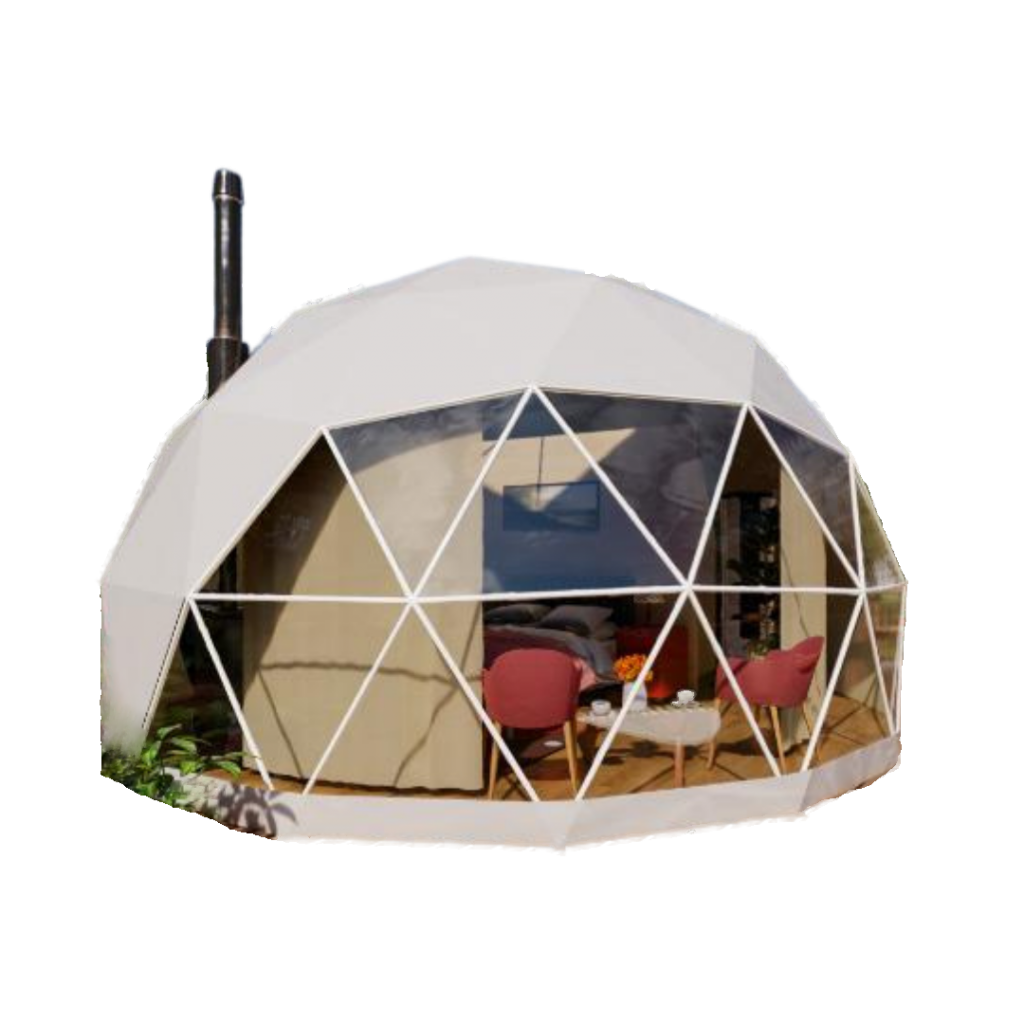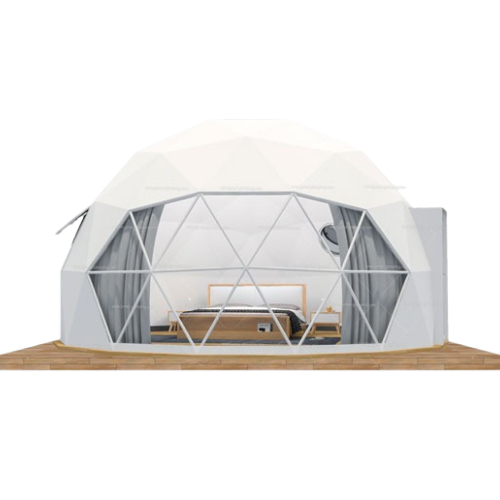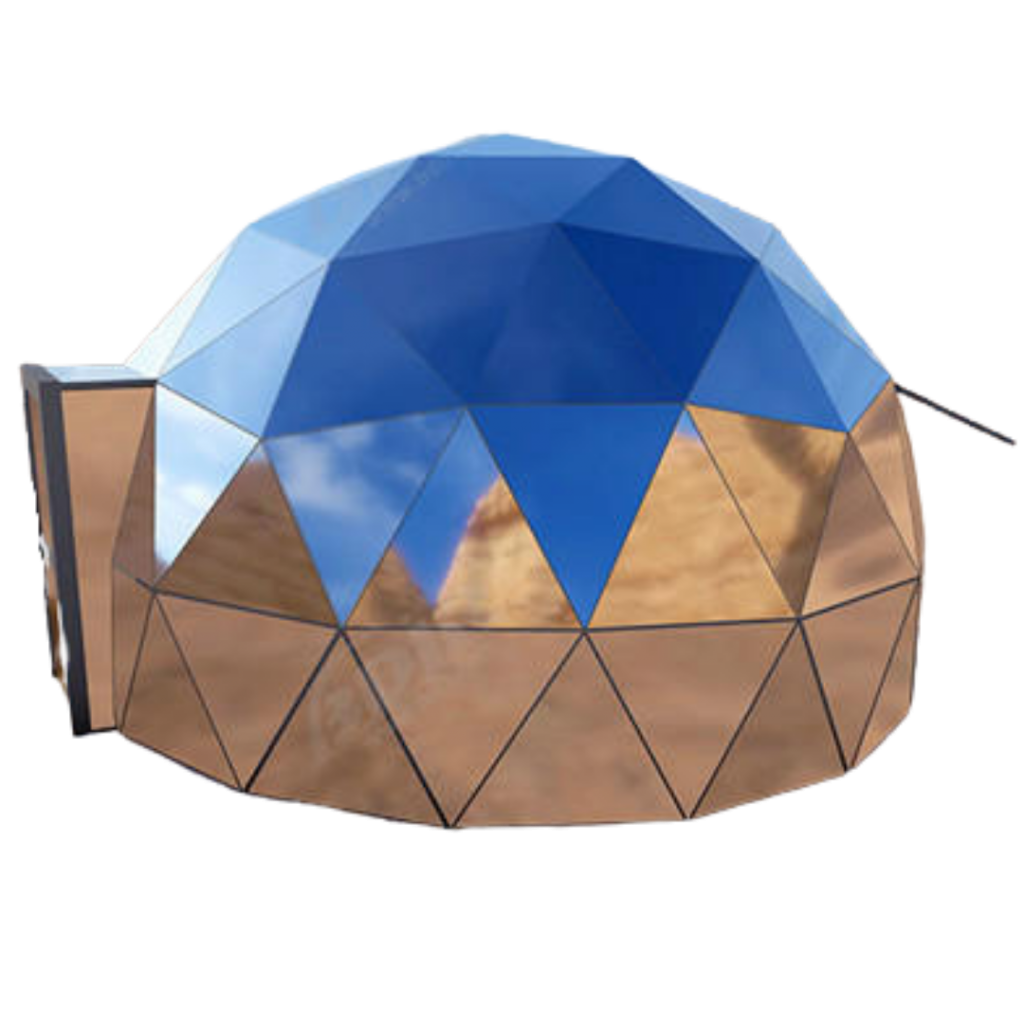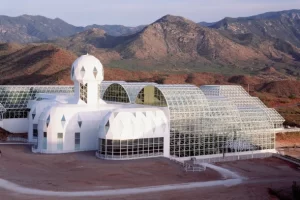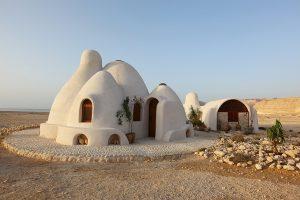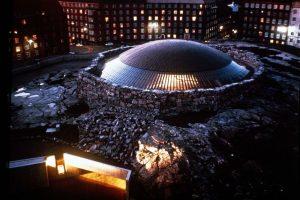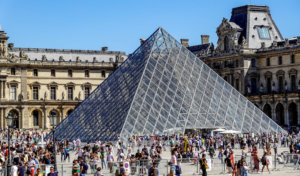The domes, too known as cupolas or geodesic domes, have been part of architecture and engineering since time immemorial.
These unique structures offer a wide variety of advantages and have evolved over time to accommodate different needs and styles. In this article, we'll explore where domes came from, who created them throughout history, why they're still a popular choice today, and how they've evolved over the years.
Origin and History of the Domes
Domes, also known as cupolas, have their roots in ancient architecture, where they were first used in various cultures around the world. The first known evidence of a dome dates back to around 2000 BC in Mesopotamia, where they were used in temples and palaces. Since then, domes have been adopted by various civilizations and cultures, including ancient Rome, the Byzantine Empire, the Islamic world, and Renaissance architecture.
In ancient Rome, domes were used in iconic monuments such as the Pantheon in Rome, built in AD 126, whose concrete dome remains one of the largest in the world. the domes they also played an important role in Byzantine architecture, the most prominent example being the Hagia Sophia in Istanbul, Turkey, built in the 6th century.
- Domes in ancient architecture: Masonry and brick domes have been used in Roman and Byzantine architecture, such as the Pantheon in Rome and the Hagia Sophia Basilica in Istanbul. These structures have stood the test of time and continue to be admired for their beauty and engineering.
- Renaissance and Baroque: During these periods, domes became key elements in religious and monumental architecture, with notable examples being Brunelleschi's Dome in Florence and St. Peter's Basilica in the Vatican.
- 20th century and the modern era: Technological advances and new materials have enabled the development of geodesic, inflatable and pneumatic domes, which have been used in a wide variety of applications, from scientific research and housing to temporary and emergency structures.
Throughout history, a number of dome innovators and creators have emerged who have left an indelible mark on the world of architecture and construction. Some of the most prominent include:
-
The Mausoleum of Galla Placidia: This building in Ravenna, Italy, was built around AD 425 and contains an impressive mosaic dome depicting Biblical scenes.
-
The Great Khan's Treasury Dome: A laminated timber dome built in 1256 in Karakorum, Mongolia, by the Persian architect Isfahani. This dome was one of the first glulam structures in history and a milestone in Mongolian architecture.
-
The Mosque-Cathedral of Córdoba: This mosque in Spain, built between the 8th and 10th centuries, features a series of ornate domes on its horseshoe arches, which are characteristic of Islamic architecture in the Iberian Peninsula.
-
The Dome of the Invalides: Built in Paris, France, in the 17th century, the dome of the Invalides is a leading example of French Baroque architecture. Designed by the architect Jules Hardouin-Mansart, it houses the tomb of Napoleon Bonaparte.
-
The Palace of Fine Arts in Mexico City: This palace built in 1934 is an example of Art Nouveau and Art Deco architecture. The central dome, designed by the Italian architect Adamo Boari, is a steel and glass structure that provides natural light to the interior of the building.
-
Filippo Brunelleschi: This Italian Renaissance architect is known for designing and building the dome of the Cathedral of Santa Maria del Fiore in Florence, Italy, in the 15th century. Brunelleschi developed innovative dome construction techniques that are still admired and studied today.
-
R. Buckminster Fuller: This 20th century American architect and inventor popularized the geodesic dome, a dome structure based on polyhedra, which offers great strength and material efficiency. Geodesic domes have been used in a wide variety of applications, from homes to greenhouses to pavilions.
-
frei otto: This German architect pioneered the use of tensile and pneumatic structures, including domes, in the 1960s and 1970s. Otto is known for his designs for lightweight and efficient structures, such as the pavilion at Expo 67 in Montreal, Canada .
These dome creators and innovators have expanded the possibilities of what can be achieved with these unique structures and have influenced the evolution of domes over time.
Characteristics and Advantages of Dome Structures
Dome structures offer several features and advantages that make them attractive in architecture and construction:
- Resistance and stability: Domes are inherently strong and stable structures due to their geometric shape. The even distribution of weight across the dome surface allows it to support significant loads without the need for columns or internal supports.
- Efficiency in the use of materials: Domes require less material than other forms of construction, such as rectangular structures, to achieve the same strength. This makes them more efficient in terms of costs and sustainability.
- Wide and open interior spaces: The lack of columns and internal supports in the domes provide wide and open interior spaces, making them ideal for a variety of purposes, from churches and auditoriums to stadiums and warehouses.
- Thermal and acoustic insulation: Domes can provide effective heat and sound insulation due to their shape and construction. This makes them an attractive option for homes and public buildings.
Domes in Modern and Sustainable Architecture
In modern architecture, domes have evolved to adapt to current needs and challenges, including sustainability and energy efficiency goals:
- Geodesic domes: Invented by R. Buckminster Fuller, geodesic domes are strong, lightweight structures based on polyhedrons. These domes are easy to build and require less material than other types of domes, making them an energy efficient and sustainable option.
- Compacted earth domes: These domes, also known as "superadobe" or "mud domes," are made of earth compacted into bags and piled up in a dome shape. They are an ecological and low-cost construction option, especially in regions with scarce resources or in rural areas.
- Inflatable domes and tires: These light and mobile structures are made of resistant and flexible materials, such as fabric or plastic membranes. Inflatable and pneumatic domes are commonly used in temporary events, sports facilities, and military applications.
These examples of domes in modern and sustainable architecture demonstrate how dome structures have evolved and adapted to today's challenges and needs, while maintaining their inherent advantages in terms of strength, efficiency, and versatility.
Types of Domes and their Practical Applications
With a better understanding of the history and evolution of domes in architecture, let's explore the different types of domes and their practical applications in today's world:
- Monolithic domes: These concrete domes are constructed from a single continuous piece and are used in applications that require strength and durability, such as warehouses, emergency shelters, and housing in areas prone to natural disasters.
- Tensile domes or tensigrity: These domes are formed by networks of cables and bars in tension and compression, creating light and large structures. They are used in applications such as exhibition halls, event spaces and sports structures.
- Laminated wood domes: These domes are built with layers of laminated and glued wood, forming resistant and aesthetic structures. They are ideal for applications such as community centers, gyms, and indoor pools.
- Glass and steel domes: These domes combine steel structures with glass panels, allowing natural light to enter and creating open and bright spaces. They are used in commercial buildings, atriums and shopping malls.
In addition to the different types of domes mentioned above, there are a number of Innovative and unique domes developed by companies and organizations, such as those offered by DomoDomos. Some of these domes and their characteristics are presented below:
- Dune Dome: Inspired by sand dunes, this dome has a flowing, organic shape that provides a functional and aesthetically pleasing space. Its aerodynamic design and optimization of interior space make it a versatile option for homes, workspaces, and other uses.
- Terra Dome: This oval shaped dome is inspired by the earth and its natural features. The organic shape and curved windows provide a bright and welcoming space, ideal for homes, studios and other functional spaces that require a relaxing and aesthetically pleasing environment.
- Atlas Dome: With a design that evokes the mountains and their peaks, the Atlas Dome presents a geometric and angular structure that provides a functional and striking space. Its design allows for a large amount of natural light and is suitable for homes, workspaces, studios and other environments that require a distinctive architectural design.
- Pyro-Dome: Inspired by fire and its dynamic forms, this dome presents an organic and fluid structure that creates a unique space full of energy. The shape and design of the Piro-Dome make it ideal for creative spaces, studios, work areas and other environments that require a bold and inspiring architectural design.
If you are interested in innovative and high quality domes, we invite you to visit DomoDomos, where we are experts in the design and construction of custom domes. Our passion for architecture and sustainability has led us to create unique solutions that fit a wide variety of applications and environments.
Look no further, choose DomoDomos to experience the best combination of design, functionality and sustainability in domes. Contact us today and discover why we are the best option in the dome market!
Practical examples of dome construction projects in different contexts and applications
-
Biosphere 2: Located in Oracle, Arizona, Biosphere 2 is a scientific research facility that contains several biomes, including a geodesic dome that houses a tropical forest. This project, built in 1991, is an example of how geodesic domes can be used to house controlled and specific environments.
-
Jørn Utzon's Dome House: Famous Danish architect Jørn Utzon, designer of the Sydney Opera House, built a house in the shape of a dome in Mallorca, Spain, in 1971. The house uses the shape of a dome to create open and airy spaces, taking advantage of natural light and panoramic views of the surrounding landscape.
-
The Rock Church in Helsinki: Designed by architects Timo and Tuomo Suomalainen, this church built in 1969 in Finland features a copper dome that extends over a space carved out of natural rock. The dome provides exceptional acoustics and creates a unique and contemplative atmosphere.
-
CalEarth's Superadobe Project: The non-profit organization CalEarth has developed a sustainable and economical construction method using bags of compacted earth stacked in the shape of a dome, called "superadobe". They have built numerous superadobe dome structures around the world, including homes, schools, and community centers, especially in regions prone to natural disasters and areas with scarce resources.
Future Trends and Advances in Dome Construction
As technology and architecture evolve, so do trends and advancements in dome construction. In this section, we'll explore some of the upcoming trends and innovations that are shaping the world of domes and dome construction.
-
3D Printing Domes: 3D printing is revolutionizing the construction industry, and domes are no exception. With the ability to print dome components and structures quickly and accurately, 3D printing will enable the creation of affordable custom domes with reduced build time.
-
self-assembling domes: The development of smart materials and modular construction systems will allow the creation of self-assembling domes. These domes would be capable of self-assembly using robots or mechanical systems, reducing construction costs and speeding up the assembly process.
-
Self-sufficient energy domes: With the increase in demand for energy-efficient and sustainable building solutions, we are likely to see a rise in popularity of self-contained energy domes. These domes would be equipped with renewable energy technologies, such as solar panels and wind turbines, allowing occupants to live more sustainably and reducing their reliance on traditional energy resources.
-
Biodegradable and ecological domes: Sustainability and environmental conservation are growing concerns in construction. As a result, we could see the development of domes built with biodegradable and ecological materials, such as bamboo, adobe or mycelium, which have a lower environmental impact and decompose naturally at the end of their useful life.
-
Integration of home automation and smart technology: As smart technology becomes more accessible and advanced, we are likely to see more integration of home automation into dome construction. This would include the use of lighting, climate and security control systems, as well as the incorporation of smart devices to improve the comfort and energy efficiency of living spaces.
By staying on top of these upcoming trends and advancements in dome construction, you can ensure you're at the forefront of innovation and sustainability in your dome design and construction projects.

With more than 15 years in the construction world, I am specialized in materials, works and innovative structures such as domes and glass pyramids. In domodomos.com, I share my passion for building dreams and my experience acquired in the family business.
